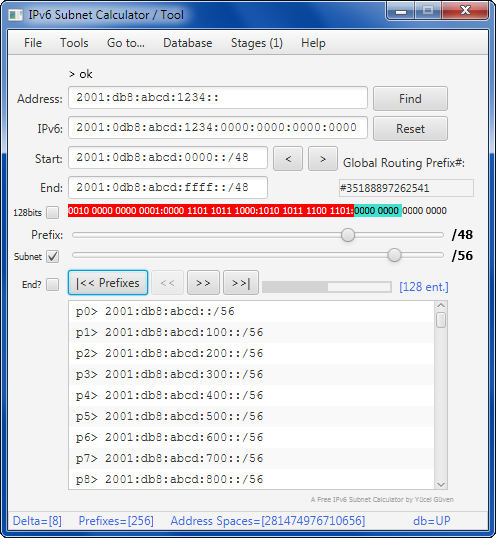

- #Javafx convert image format how to#
- #Javafx convert image format full version#
- #Javafx convert image format update#
- #Javafx convert image format code#
In this example, image names are passed using -H:IncludeResources with a regular expression: $ native-image \ -H:IncludeResources='.This example show how to choose PNG file using JavaFX FileChooser, open with ImageIO (actually any supported image format), and save in JPG using ImageIO. At the same time, it uses lots of images that need to be included in the resulting executable. BrickBreaker requires no dynamic feature configuration. You can utilize your own app or select a JavaFX demo on GitHub. We will use the BrickBreaker game as an example. Let us now compile a JavaFX app natively. These files can be passed to native-image without further editing.
Image img new WritableImage(new PixelBuffer<>.The agent captures dynamic feature accesses and creates configuration files automatically. ByteBuffer bgraPixels convertToBgra(rawPixels) // convert your byte array into a ByteBuffer in bgra format.
#Javafx convert image format code#
Run your application with the agent enabled, probably several times to exercise different code paths.
#Javafx convert image format update#
But, in August when JavaFX 2.2 was released, the update included a class called WritableImage which extends Image. You can create JSON files using the native image agent. Until recently, if you wanted to load a BufferedImage in JavaFX you were out of luck the only way to do it was to write out the BufferedImage to disk and then read it back in as a JavaFX Image. These dynamic feature usages must be configured beforehand using JSON files as described here. In this case, the feature being used, such as the name of the method called, is not known at image build time, so NIK cannot figure out exactly which method is called. Many applications make use of dynamic language features such as reflective or JNI access. H:ExcludeResources='.*'Īlternatively, resources can be configured using JSON files. There are two options to include and exclude resource identifiers, and you can use wildcards there: These resources must be made known to native-image so that it includes them in the resulting executable. In all three cases, your application is likely to use resources such as icons or images.

#Javafx convert image format full version#
You need the Full version as it includes LibericaFX, an instance of OpenJFX.ĭownload the package and follow the instructions to install the utility on your platform. Go to the Liberica NIK Download Center and choose NIK version 22 for Java 11 or 17. FileStram imgStream File.OpenRead ( 'C:\\photos\me.jpg' ) byte blob new byte imgStream.Length imgStream.Read ( blob, 0, ( int )imgStream.Length) imgStream.Dispose ( ) Now blob array contains the binary view of your picture. Turn a JavaFX app into a native image! Enable native compilationįirst, you need to download and install Liberica NIK. your image (physical file is already a blob).you can import this in the memory RAM. Receives support from the engineers who develop the product.Always on the latest versions of GraalVM CE and Liberica JDK with eliminated CVEs and bug fixes.Starting with version 21.3, Liberica NIK works with AWT/Swing and OpenJFX We support Windows, Linux, and MacOS, including ARM-based Macs.

Supports a wide variety of platforms, features, and languages.The benefits of using Liberica NIK in your enterprise development: Liberica NIK enhances the experience of writing desktop applications as the native image takes up less disc space and starts up almost instantly. It helps to convert JVM-based applications into native executables. Liberica Native Image Kit (NIK) is a utility based on the GraalVM Community Edition. So let’s get our hands dirty and turn a JavaFX application into a native executable using Liberica Native Image Kit! For those of you who have already mastered the software, we suggest going a step further and integrate it with native image technology. If you are still wondering whether JavaFX is worth learning, refer to the guide. In our recent guide to JavaFX, we summarized the key features of this platform and compared it to the most prominent competitors.


 0 kommentar(er)
0 kommentar(er)
